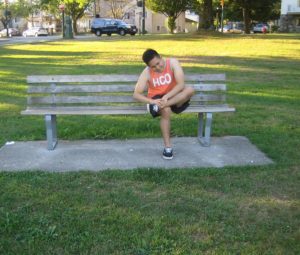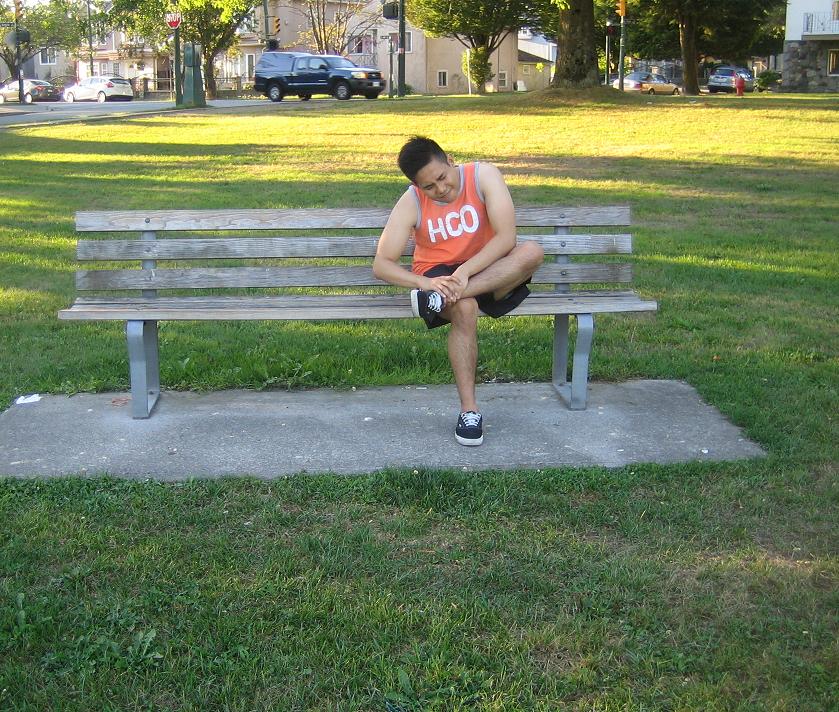Venous leg ulcers usually occur in the lower limbs. This emerges as a wound or ulcer that develops from the degradation of the adjacent cells and tissue layers.
What are the causes?
Venous leg ulcers develop once the one-way vein valves fail to maintain the flow of blood toward the heart and prevent any back flow. The issue with the blood flow is called as venous insufficiency.
Once the valves are damaged, the blood flows up and accumulates in the veins, resulting to the accumulation of pressure which stops the essential nutrients and oxygen in the blood from moving into the bodily tissues. Over time, the tissue degenerates and turns into an ulcer.
Indications of venous leg ulcers

The lower limbs are the usual sites for venous leg ulcers particularly the inner regions of the ankle and legs. The indications of a possible issue can be detected once the skin starts to turn brownish-purple in color and the legs appear swollen.
Even though the ulcer itself is usually painless, the adjacent tissue might turn dry, itchy and thickened or infection develops where it produces a foul odor with drainage of pus.
What are the risk factors?
Venous leg ulcers are more likely to occur among the following:
- Elderly individuals
- Cases of previous vein inflammation or obstruction
- Individuals who stand for extended periods of time on a daily basis particularly in certain jobs
- Pregnancy
- Bedridden individuals or long-distance travelers who do not move for long periods of time
- Obesity, smoking and excessive consumption of alcohol
- Individuals with chronic health conditions such as diabetes, high cholesterol and conditions affecting the immune system and ability to heal
Management
The treatment for venous leg ulcers is based on the current state of circulation. If there is better circulation, it results to easier treatment, improved healing and fewer complications.
The treatment might include elevating the legs above the level of the heart as often as possible and using compression socks. These can help correct the circulation and prevent building up of blood in the veins.
Regular exercise and walking are also recommended to improve circulation and promote healing. A vital medical intervention is to deal with the underlying cause of the ulcer that might include improvement in managing and controlling chronic illnesses that are present.
Oftentimes, extensive wound cleansing is required. Antibiotics can be prescribed orally or placed directly on the ulcer along with wet dressing or other drying agents as needed. In some instances, a graft is used to cover the ulcer as it heals.

